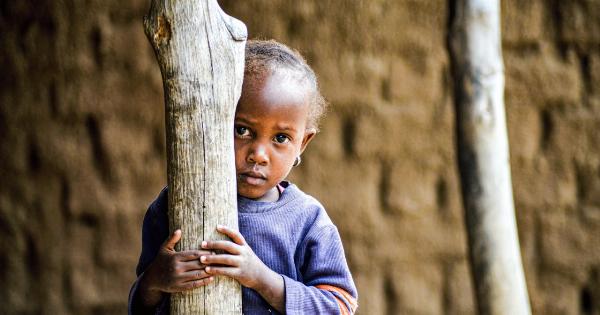Childhood allergies are a growing concern for parents and healthcare providers alike.
According to the World Health Organization (WHO), allergies are the fifth leading cause of chronic disease in children. The traditional treatment for allergies involves avoiding allergens and taking medications to manage symptoms. However, there is a new solution that offers promise for children with allergies: immunotherapy.
In this article, we will explore what immunotherapy is, how it works, and why it is a promising treatment option for childhood allergies.
What is Immunotherapy?
Immunotherapy is a treatment that addresses the underlying cause of allergies, rather than just managing symptoms. It works by exposing the immune system to gradually increasing doses of an allergen, with the goal of building up immunity over time.
There are two main types of immunotherapy: subcutaneous immunotherapy (SCIT) and sublingual immunotherapy (SLIT).
Subcutaneous Immunotherapy (SCIT)
SCIT involves injecting small amounts of an allergen into the patient’s skin. Over time, the dose is gradually increased to help the immune system build up a tolerance to the allergen.
The treatment typically takes several years to complete, and the patient will need to visit the doctor’s office for injections on a regular basis.
Sublingual Immunotherapy (SLIT)
SLIT involves placing a small amount of an allergen under the patient’s tongue. Like SCIT, the dose is gradually increased over time.
However, SLIT is typically administered at home by the patient or their caregiver, making it a more convenient option for many families.
Why is Immunotherapy a Promising Treatment Option?
Immunotherapy offers several advantages over traditional allergy treatments. Firstly, it addresses the root cause of allergies by building up the immune system’s tolerance to the allergen, rather than just managing symptoms.
This can lead to long-term relief from allergy symptoms, even after the treatment is completed.
Secondly, immunotherapy can be more effective than traditional treatments.
A 2010 study found that SCIT reduced symptoms and medication use by up to 70% in children with allergic rhinitis (hay fever). Another study found that SLIT was effective in treating peanut allergies in children.
Finally, immunotherapy has a good safety record. While there is always a risk of allergic reactions, severe reactions are rare.
In clinical trials, less than 5% of patients experienced a severe reaction to immunotherapy.
Who is a Good Candidate for Immunotherapy?
Not all children with allergies are good candidates for immunotherapy. Generally, the treatment is recommended for children who have moderate to severe allergies that are not well-controlled with medication or allergen avoidance.
Children with asthma, eczema, or other chronic conditions may also benefit from immunotherapy.
Before starting immunotherapy, the child will need to undergo allergy testing to determine which allergens they are allergic to.
This information will help the doctor develop a personalized treatment plan that targets the specific allergens the child is sensitive to.
What are the Potential Risks of Immunotherapy?
While immunotherapy is generally safe, there are some potential risks to be aware of.
The most common side effects include itching, redness, and swelling at the injection site for SCIT, and itching, swelling, and tingling in the mouth and throat for SLIT.
Less commonly, patients may experience more severe side effects, such as a drop in blood pressure, shortness of breath, or anaphylaxis (a life-threatening allergic reaction).
For this reason, patients receiving immunotherapy will need to be closely monitored for at least 30 minutes after each injection or dose of SLIT.
Conclusion
Childhood allergies can be a frustrating and disruptive problem for children and their families. However, immunotherapy offers a promising solution that addresses the root cause of allergies and can provide long-term relief from symptoms.
If your child has moderate to severe allergies that are not well-controlled with medication or allergen avoidance, talk to your doctor about whether immunotherapy may be a good option for them.




























